Goals
2
End hunger, achieve food security and improved nutrition and promote sustainable agriculture
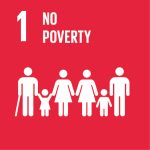
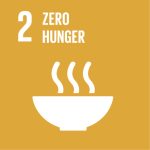
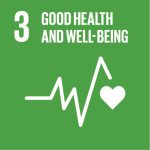
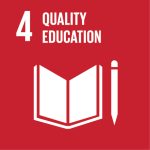
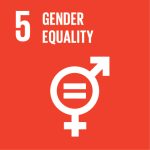

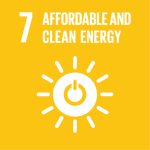
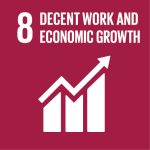
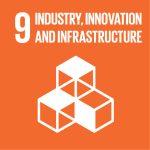
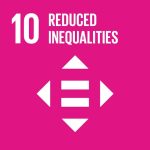
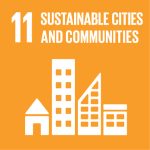
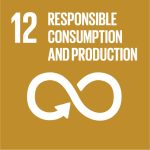
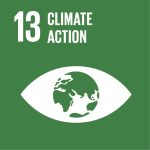
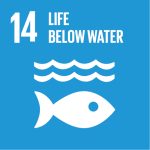
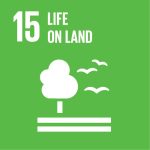
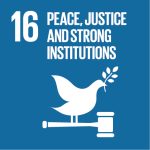
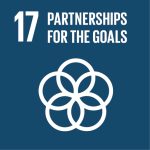

Sustainable Development Goal 2, Zero Hunger, aims to end hunger, achieve food security, improve nutrition, and promote sustainable agriculture. This goal addresses the need for access to sufficient and nutritious food for all people, particularly the most vulnerable, including infants. It also emphasizes the importance of sustainable food production systems and resilient agricultural practices to increase productivity and production, helping to maintain ecosystems and strengthen capacity for adaptation to climate change. By 2030, SDG 2 seeks to ensure that everyone has access to safe, nutritious, and sufficient food all year round.
Statistics of Pakistan
Prevalence of Undernourishment
As of recent reports, around 20.3% of the population in Pakistan is undernourished, indicating a significant portion of the population faces food insecurity.
Child Malnutrition
Pakistan has one of the highest rates of child malnutrition in the world, with 38% of children under the age of five being stunted (low height for age) and 17.7% suffering from wasting (low weight for height).
Food Insecurity
Approximately 58.1% of households in Pakistan experience moderate or severe food insecurity, reflecting challenges in accessing adequate food.
Agricultural Productivity
Agriculture employs nearly 38.5% of the labor force in Pakistan and contributes around 19.3% to the GDP, highlighting its crucial role in food security and economic stability.
Government Initiatives
Pakistan has implemented various programs to address hunger and malnutrition, including the Ehsaas Programme and the National Zero Hunger Programme, aiming to provide food assistance and improve nutrition.
